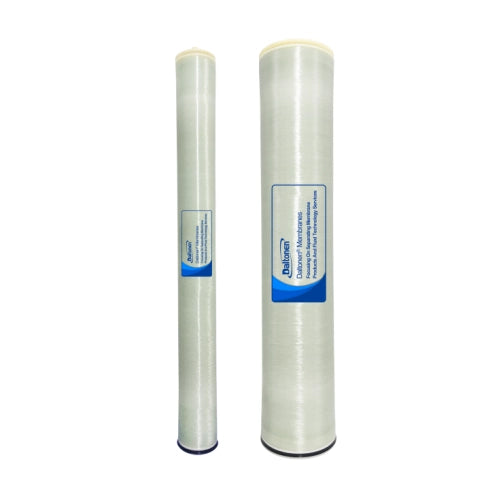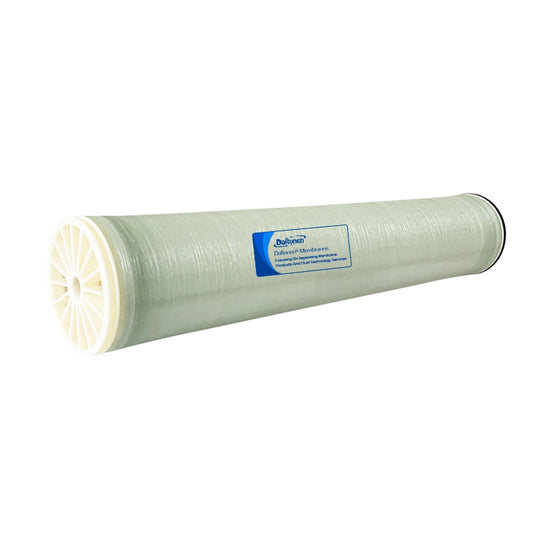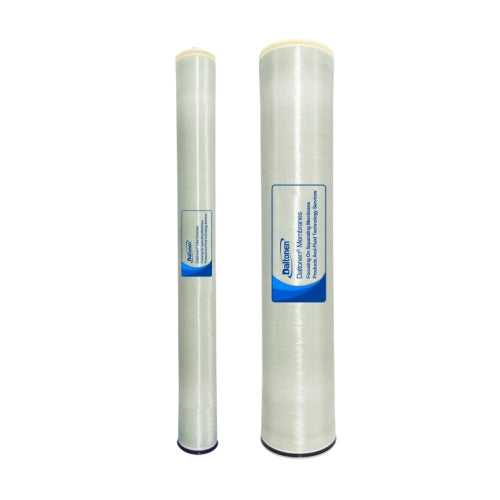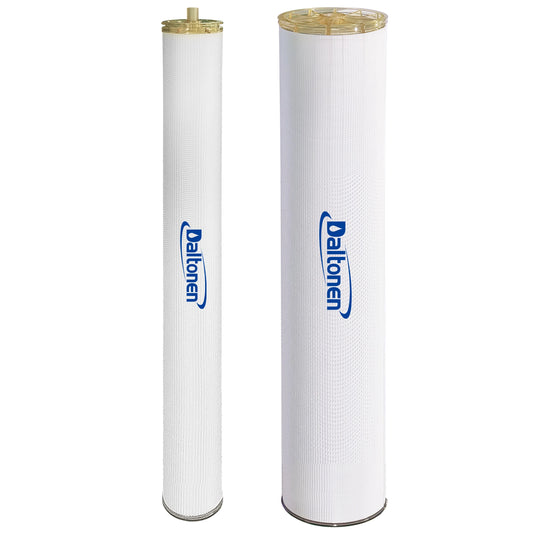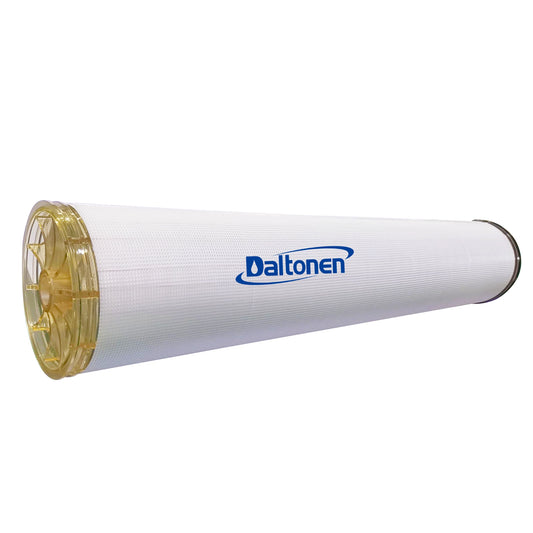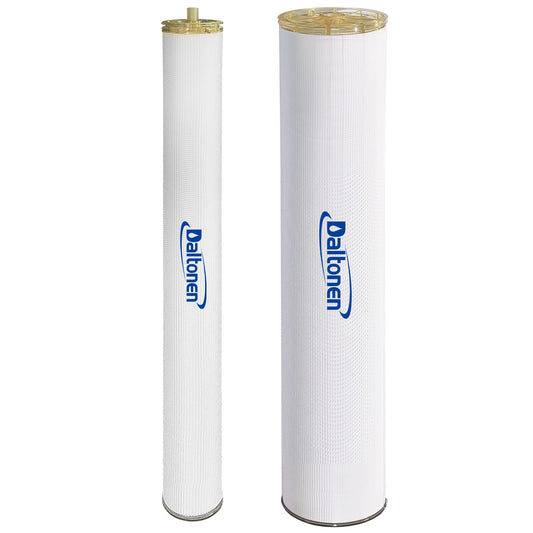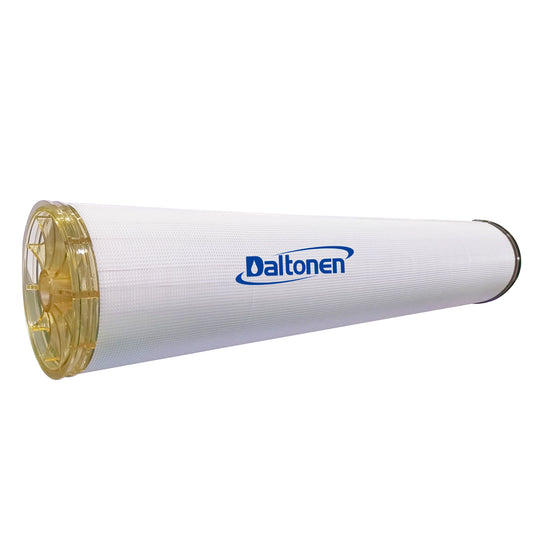RO Membrane Process Scheme for High-Temperature Dyeing Wastewater
10 Jun 2025
RO Membrane Process Design for High-Temperature Dyeing Wastewater
Design Highlights:
-
High-Temperature Pretreatment (Core)
-
Enhanced Pre-treatment
-
Staged RO System Design
-
Intelligent Temperature Control and Cleaning
Process Flow Diagram
A [High-Temperature Wastewater Collection Pond 60-80℃] --> B [Screening for Impurities] --> C [Cooling Tower/Plate Heat Exchanger] --> D [Regulation Pond, Temperature Controlled Below 40℃] --> E [Coagulation Sedimentation/Flotation] --> F [Hydrolysis Acidification Pond] --> G [Aerobic Biological Treatment] --> H [MBR/Secondary Sedimentation Pond] --> I [Multi-Media Filter] --> J [Activated Carbon Filter] --> K [Security Filter] --> L [RO Reverse Osmosis System] --> M [RO Permeate for Reuse/Discharge] --> N [RO Concentrate Treatment]

Key Unit Design Description
-
High-Temperature Pretreatment System
-
Cooling Devices:
-
Plate Heat Exchanger (Series): Utilize low-temperature clear water or air for heat exchange to rapidly cool down to 40℃.
-
Spray Cooling Tower: Auxiliary cooling, suitable for high-flow wastewater.
-
-
Target Temperature: RO feed water ≤40℃ (to prevent membrane thermal degradation).
-
Enhanced Pre-treatment Process
-
Coagulation Sedimentation:
-
Chemicals: PAC + PAM + FeCl₃ (highly effective for decolorization).
-
Removal: Suspended solids, colloids, and some dye molecules.
-
-
Biological Treatment:
-
Hydrolysis acidification + contact oxidation: Degradation of organic substances (BOD/COD), enhancing biodegradability.
-
-
Advanced Filtration:
-
Multi-Media Filter: Quartz sand + anthracite, for removal of tiny particles.
-
Activated Carbon Filter: Adsorption of residual dyes and organic pollutants.
-
-
RO Reverse Osmosis System
-
Membrane Selection:
-
Anti-fouling spiral-wound polyamide composite membrane (e.g., DOW FILMTEC™ BW30FR-400).
-
Operating pressure: 1.5~2.5 MPa.
-
-
System Configuration:
-
Single-stage, two-section design (6:4 arrangement), with a recovery rate of ≥70%.
-
Concentrate recycle design to improve overall recovery rate.
-
-
Protection Measures:
-
Online pH monitoring (control within 5~7).
-
Scale inhibitor (organic phosphonate) + non-oxidizing biocide dosing.
-
-
Concentrate Treatment Scheme
-
Advanced Oxidation: Fenton oxidation/ozone catalysis.
-
Evaporation and Crystallization: For zero liquid discharge (ZLD) of high-salinity concentrate.
Operational Parameter Control
| Parameter | Control Range | Remarks |
|---|---|---|
| RO Feed Water Temperature | ≤40℃ | Key protection condition |
| SDI15 | ≤5 | To prevent membrane fouling |
| Residual Chlorine | <0.1 mg/L | To prevent membrane oxidation |
| Feed Water COD | ≤100 mg/L | To ensure membrane lifespan |
| Operating Pressure | 1.5~2.5 MPa | Real-time adjustment according to water quality |
Advantages and Assurance Measures
-
Heat Recovery Design: Plate heat exchanger can preheat cleaning water, reducing energy consumption.
-
Intelligent Control:
-
PLC automatic regulation of cooling water flow and chemical dosing.
-
High-temperature alarm and interlocked shutdown.
-
-
Membrane Cleaning Scheme:
-
Acid cleaning (pH=2~3): For removal of inorganic scale.
-
Alkaline cleaning + surfactant (pH=10~12): For removal of organic contamination.
-
Expected Treatment Results
| Indicator | Inlet Typical Value | RO Permeate |
|---|---|---|
| COD | 2000~5000 mg/L | ≤50 mg/L |
| Color | 500~1000 times | ≤5 times |
| Salinity (TDS) | 5000~15000 mg/L | ≤100 mg/L |
| Water Temperature | 60~80℃ | Ambient temperature |
Investment and Operating Costs
-
Main Investment: Cooling system (30%), RO unit (40%), Pre-treatment (30%).
-
Cost per Ton of Water: ≈3.5~5.0 yuan/ton (including energy consumption, chemicals, and membrane replacement).
Note: The actual design should be adjusted according to the water quality test report (such as dye types, salinity, and organic composition). It is recommended to first conduct a pilot test to verify feasibility.
Tags:
